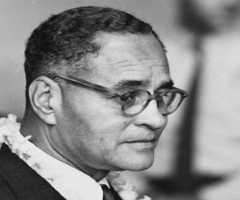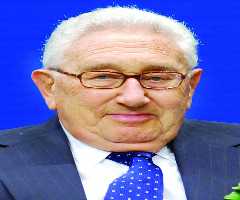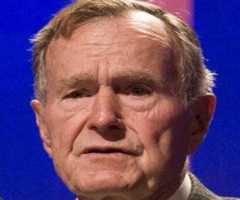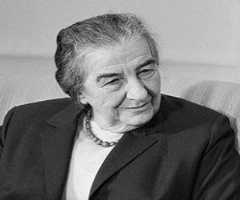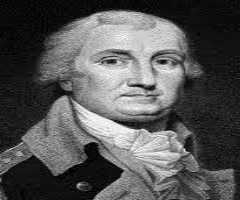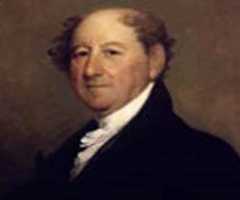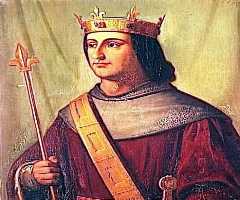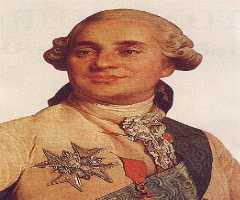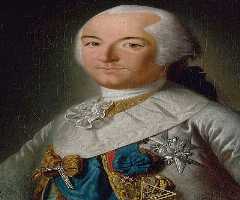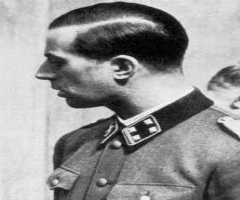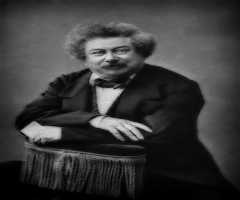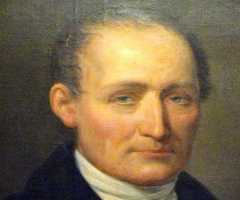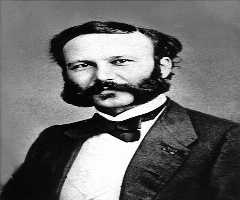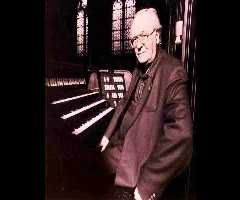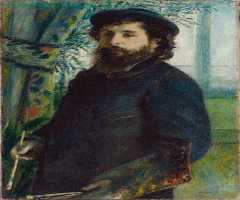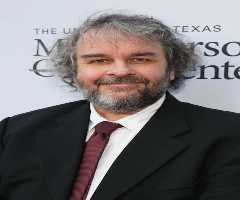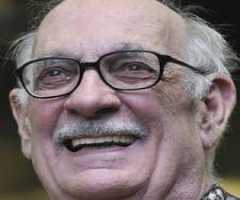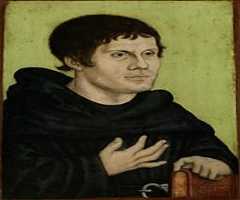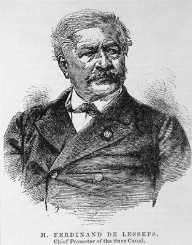
Ferdinand de Lesseps Biography, Life, Interesting Facts
Born on November 19, 1805, Ferdinand de Lesseps was a French diplomat and the developer of the Suez Canal. The opening of the canal in 1869 linked the linked the Mediterranean Sea to the Red Sea, reducing the sailing distance between Europe and East Asia. In the 1880’s, Ferdinand de Lesseps tried to repeat his success by building the Panama Canal at sea level, but the project was impeded by the outbreak of malaria and yellow fever coupled with some financial problems. This shuttered his dream of creating the Ferdinand de Lesseps Panama Canal for good. The project was however acquired by the United States, solve the epidemic problem, changed the initial design to a non-sea level canal with locks, and completed it in 1914.
Early Life And Education
Ferdinand de Lesseps was born on November 19, 1805, was born to Mathieu de Lesseps and Catherine de Grévigné in Versailles, Yvelines. His father was consular. Ferdinand de Lesseps had a sister Ferdinand de Lesseps and two brothers, Théodore Ferdinand de Lesseps and Jules de Lesseps. Ferdinand de Lesseps spent his early years in Italy where his father was consular. Ferdinand de Lesseps received his education at the College of Henry IV in Paris.
Career
After graduating from school at age 18, Ferdinand de Lesseps worked for two years in the commissary department of the French Army. From 1825 until 1827, Ferdinand de Lesseps served as an assistant vice-consul in Lisbon, where his uncle, Bartholomew Ferdinand de Lesseps also served as French charge d’affaires. Ferdinand de Lesseps was appointed an assistant vice-consul to Tunis in 1828 joining his father who was the consul-general. During this period, he helped in the escape of an officer of the Bey, Youssouff, pursued by other soldiers of the Bey for violating the Seraglio law. Ferdinand de Lesseps left Algeria after he was appointed vice-consul at Alexandra in 1832.
While on the trip to Egypt, the ship Ferdinand de Lesseps was sailing was quarantine at the Alexandrian lazaretto, where the consul-general of France at Alexandria M. Mumaut sent him several books. Among the books was a memoire of Napoleon Bonaparte instructions to civil engineer Jacques-Marie Le Pere to abandon Ancient Suez Canal. This work gained the interest of Ferdinand de Lesseps and conceived an idea to construct a canal across the African isthmus. While in Egypt, Ferdinand de Lesseps made acquaintance with the viceroy of Egypt Mehemet Ali, and his son Said, Pasha. Ferdinand de Lesseps was sent to Cairo as consul in 1833 and was later given the management of the consulate general at Alexandria, which Ferdinand de Lesseps held until 1837.
He returned to France in 1837, in 1839 was appointed consul of Rotterdam, and was transferred to Malaga the following year. After serving two years in Malaga, Ferdin and de Lesseps was sent to Barcelona and within the same year promoted to the status of consul general. Ferdinand de Lesseps later served as the minister of France at Madrid from 1848 to 1849 and retired afterward. On August 30, 1851, Ferdinand de Lesseps was created the 334th Commander and the 200th Grand Cross of the Order of the Tower and Sword.
Suez Canal
After Said Pasha succeeded his father as the viceroy of Egypt, Ferdinand de Lesseps invited de Lesseps for a visit on November 7, 1854. On of the 30th of the month, the two signed an agreement with him to build the Suez Canal. Two French engineers Louis Maurice Adolphe and Linant de Bellefonds who were in the Egyptian service, Linant Bey, and Mougel Bey, drew the first design for the project. The design provided a direct link between the Mediterranean and the Red Sea. After some adjustment to the original design, the civil engineers constituting the International Commission for the piercing of the Isthmus of Suez in adopted it in 1856. There were several oppositions and criticisms, but de Lesseps was unperturbed and raised the needed capital for the project. On November 17, 1869, the Khedive, Ismail Pashaofficially opened canal.
Attempt On Panama Canal
In 1879, the Congress made up of 136 delegates including Ferdinand de Lesseps agreed on constructing the Panama Canal without locks like that of Suez Canal. Ferdinand de Lesseps was therefore appointed as the President of the Panama Canal Company at age 74. The project was however affected by an epidemic of malaria and yellow fever. He traveled to New York City in February 1880 to raise money for the project, and later met with President Rutherford Hayes and other stakeholders. The project was estimated to take eight years and 658 million francs to complete. The works on the canal commenced in 1882 but were stalled by technical difficulties and their inability to operate in the wet tropics. The situation worsened with recurrent landslides into the excavated parts and malaria and yellow fever epidemic. These and other challenges including corruption rendered The Panama Canal Company bankrupt in December 1888 and in February 1889 went into liquidation.
This failure was later termed as the Panama Canal Scandal after it was discovered that some French politicians and journalist received bribes. In February 1893 de Lesseps, his son Charles Théodore de Lesseps and others were tried, found guilty, and de Lesseps was fined and given a prison term. The Court of Cassation later reversed his prison term. In 1904, the United States acquired the project and continued with the project.
Personal Life
Ferdinand de Lesseps was married twice, first to Mile Agathe Delamalle on December 21, 1837, in France. The couple had five children; Charles Théodore de Lesseps, His second marriage was to Mlle Louise-Hélène Autard de Bragard on November 25, 1869, in Paris.
The couple had twelve children, Mathieu Marie de Lesseps, Ferdinand-Ismael de Lesseps, Ferdinande de Lesseps, Eugénie Marie de Lesseps, Bertand de Lesseps, Marie Consuelo de Lesseps, Marie-Eugénie de Lesseps, Marie Solange de Lesseps, Paul Marie de Lesseps, Count Jasques Benjamin de Lesseps and Gisele de Lesseps. Ferdinand de Lesseps died on December 7, 1894 at Chateau de La Chesnaye in Guilly, Vatan, Indre. He was interred in Pere Lachaise Cemetery in Paris.
Honors
In 1873, Ferdinand de Lesseps became a member of the French Academy of Sciences and accepted the presidency of the French committee of Leopold II of Belguim’s International African Society. In 1897, he was elected an Honorary Foreign Member of the American Academy of Arts of Sciences and his statue built by Emmanuel Fremiet on November 17, 1899, stands at the entrance of the Suez Canal.
More Diplomats
More People From Yvelines
More People From France
-
![Karl Brandt]()
Karl Brandt
-
![Alexandre Dumas]()
Alexandre Dumas
-
![Nicephore Niépce]()
Nicephore Niépce
-
![François Auguste Victor Grignard]()
François Auguste Victor Grignard
-
![Olivier Messiaen]()
Olivier Messiaen
-
![Edmond Aman-Jean]()
Edmond Aman-Jean
